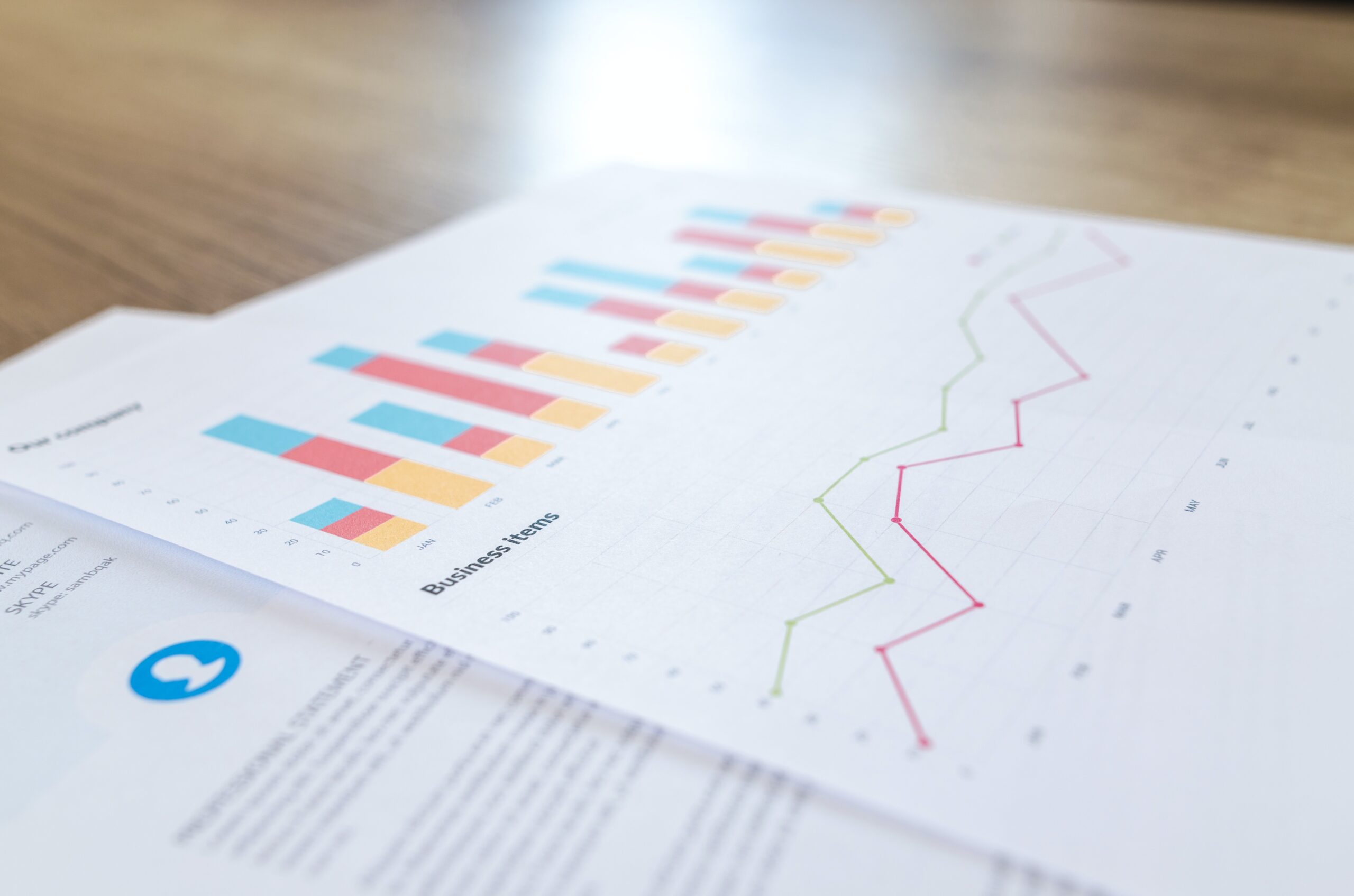Trading Cryptocurrencies using Bollinger Bands: A Guide for Novices
Bollinger Bands (BB) is a volatility indicator that uses a simple moving average to create a three-line band (SMA). The middle line is the SMA, and the top and bottom lines show how far from the average SMA they are. BB is used to find the relative highs and lows of stock,...

Bollinger Bands (BB) is a volatility indicator that uses a simple moving average to create a three-line band (SMA). The middle line is the SMA, and the top and bottom lines show how far from the average SMA they are.
BB is used to find the relative highs and lows of stock, cryptocurrency, index, commodity, option, and futures price charts. The tool is also used to look at the number of trades, the speed of the market, and statistical data.
The indicator thinks that a price near the upper line means that it has been bought too much, and a price near the lower line means that it has been sold too much. Bollinger bands don’t tell you when to buy or sell. Instead, they suggest and help you figure out the direction and possible speed of the next move.
Bollinger Bands: How They Work
Bollinger Bands make a “channel” on the chart that goes along with the asset price curve. This channel is made up of three lines: the middle line, the upper line, and the lower line. The middle band, which is a simple moving average, is used to plot the BB (SMA). Positive and negative standard deviations are the names for the other two lines.
The author of the BB indicator says that a period of 20 and a deviation of 2 are good settings for it. For instance, if you looked at the daily chart for Bitcoin, the settings would look like a 20-SMA with a deviation of 2.
It’s important to remember that the less sensitive an indicator is, the longer the period. Bollinger himself said that when fine-tuning the BB, the price curve of the asset should be between the lower and upper lines 90% of the time.
How to trade with Bollinger Bands
Bollinger has put together a short list of rules that help people understand the BB. The Bollinger Capital Management website has the full list of rules. Here are a few examples:
- Touching the price of the bands isn’t a sign to buy or sell an asset on its own, and the indicator isn’t a trading tool on its own. Instead, it’s just a tool that helps traders use other tools.
- When the price closes above the edges of the bands, it’s often a sign that the price will keep moving toward breaking through the level.
- Bollinger Bands can be used for a wide range of assets, including cryptocurrencies. This indicator can be used on any time frame, such as every five minutes, hour, day, week, or month. The chosen time period must have enough volatility for the BB to be worth it.
Bollinger Bands: Pros and Cons of Using Them
With Bollinger Bands, you can figure out how volatile an asset is on average. Using the BB will help you figure out how high or low an asset’s price could go based on standard historical data. The author also said that the indicator can be used to find “double top” or “double bottom” price patterns. There are risks that come with this. Here are some examples:
- Not much change. For Bollinger Bands to work, there needs to be enough volatility for a channel to form. If you don’t do anything, you can’t use BB.
- Trading risks. Bollinger Bands alone aren’t enough to make trading decisions. You need to use other tools and indicators as well. The BB indicator does not tell you when to buy or sell an asset on its own.
- Channel break. When the price breaks out of the Bollinger Bands, it usually means that the trend will continue in the same direction. Setting the price above the limits of the channel does not tell you whether to buy or sell.
- Use of signs that say “same.” Moving average indicators and Bollinger Bands should not be used together. For instance, you shouldn’t use the EMA with Bollinger Bands. The Bollinger rules say that the indicators shouldn’t be directly linked.
- Too long of a time. Too much time spent on the BB. If you set the value of the indicator above 20, it will be less sensitive to changes. This gives the analytics a “unwanted stability.”
Who Created the Indicator?
As of now, BB is one of the most used technical analysis indicators. Bollinger Bands was written by John Bollinger, the president and founder of Bollinger Capital Management and an American analyst.
In the 1980s, the BB idea was built on both Wilfrid Leda’s work and Chester Keltner’s trading strips. The book “Bollinger on Bollinger Bands,” which came out in 2001, was the most well-known indicator.
Bolinger also made “%b” and “BandWidth,” which are two more indicators. %b shows where the BB is in relation to the SMA and is used to find patterns and trends. BandWidth shows how far apart the top and bottom Bollinger bands are.
